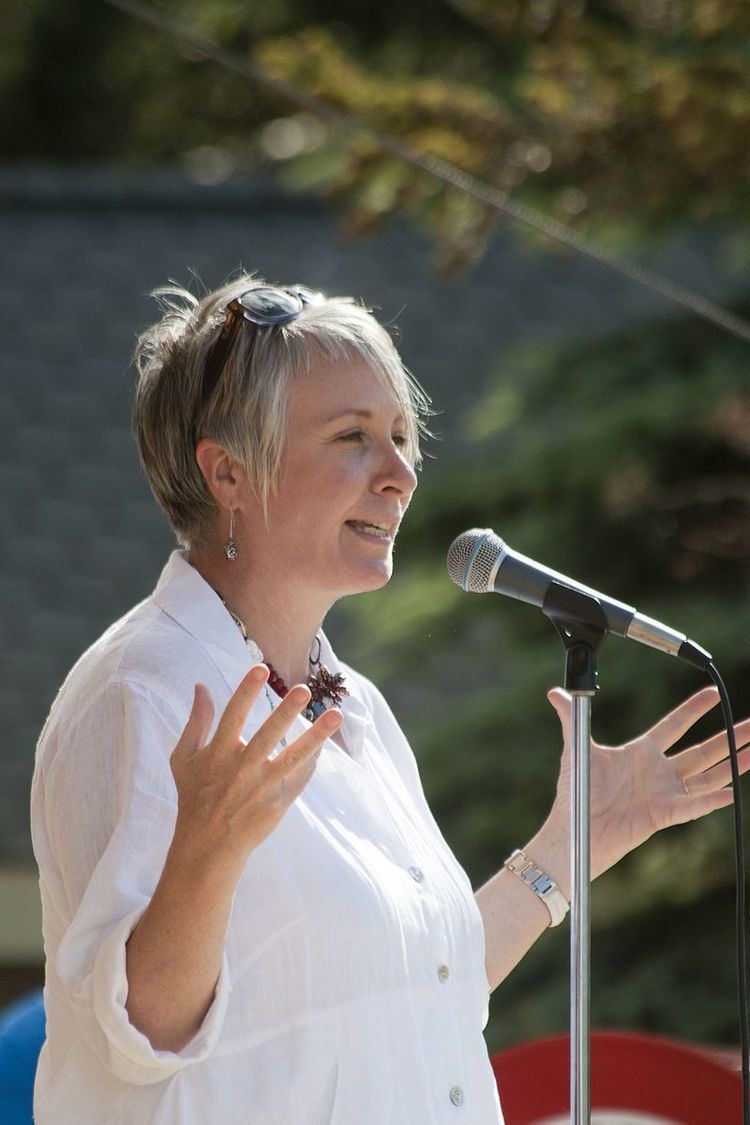Style The Honourable Formation 2 June 1909 | Member of Cabinet
Privy Council | |
 | ||
Appointer Governor General of Canada Term length At Her Majesty's pleasure Inaugural holder William Lyon Mackenzie King | ||
The Minister of Employment, Workforce Development and Labour, previously the Minister of Labour (French: Ministre du Travail), is the minister of the Crown in the Canadian Cabinet who is responsible for setting national labour standards and federal labour dispute mechanisms. Most of the responsibility for labour belongs with the provinces; however, the federal government is responsible for labour issues in industries under its jurisdiction.
Contents
Role
The Minister of Labour and Housing is responsible for HRSDC's Labour Program and thus is responsible for the Canada Labour Code, the Employment Equity Act, the Federal Mediation and Conciliation Service, as well as the implementation of health and safety legislation. Other acts the minister retains responsibility for include the Fair Wages and Hours of Labour Act, Government Employees Compensation Act, and Merchant Seamen Compensation Act. The minister is also responsible for the Strategic Policy and International Labour Affairs (SPILA) Directorate, which focuses on workplace trends and changes, including work-life balance and the reformation of employment relationships, and the Workplace Information Directorate (WID), which provides information on workplace conditions, trends, and innovative practices through direct personal services, electronic means, and various publications, including the Workplace Gazette and the Wage Settlements Bulletin.
History
The Department of Labour was created in 1900. Previously, the responsibility for labour affairs was handled by the Postmaster General.
The Department of Labour was created in 1900 through the efforts of Postmaster General William Mulock and William Lyon Mackenzie King, becoming, respectively, the first minister and deputy minister. Until June, 1909, the Postmaster General acted as Minister of Labour. In 1996, the Department of Labour was abolished, but the ministerial position continued within Human Resources Development Canada from 1996 to 2003 and Human Resources and Social Development Canada from 2003 to date.
From 1993 to 1996, the Department of Labour was amalgamated with the Department of Employment and Immigration to create Human Resources Development Canada. Although the intent was to replace two Cabinet posts with a single Minister of Human Resources Development, the desire to appoint "star candidate" Lucienne Robillard's to Cabinet in 1995 gave the position received a reprieve from amalgamation—Robillard was given the title and positioned as a second minister inside HRDC, responsible for the Labour Program.
A December, 2003, reorganization had seen HRDC dismantled and labour responsibilities passing to a successor department, Human Resources and Skills Development Canada, again with two ministers: a Minister of Labour and a Minister of Human Resources and Skills Development. The name change to Labour and Housing occurred seven months later. The Ministry of HRDC was reconstituted in February, 2006, as Human Resources and Social Development Canada, but still with two ministers.
In 2004, the portfolio was renamed from Labour to Labour and Housing.
From 2004 to 2006, the position was styled the Minister of Labour and Housing (French: Ministre du Travail et du Logement), a name change corresponding with responsibility for the Canada Mortgage and Housing Corporation being transferred to the portfolio at that time. Minister of Labour remains the title for legal purposes.
In 2015, the portfolio was renamed Employment, Workforce, and Labour, gaining some responsibilities previously held by the Minister of Employment and Social Development.
List of ministers
Key:
